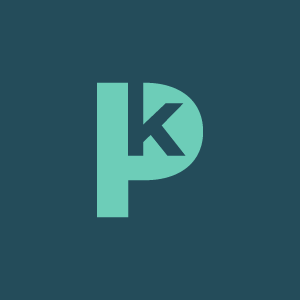How to Explain an HRA to Your Nonprofit's Board of Directors
Nonprofit • January 4, 2017 at 7:00 AM • Written by: PeopleKeep Team
Each year, executive directors sit down with their board of directors to review the nonprofit’s annual budget. Projections are made for revenue and funding and expenses with significant increases over last year are discussed. All too often, this includes health care increases of 10 percent, 20 percent, or more.
To gain control over the nonprofit’s health care budget, many nonprofit leadership teams are proposing a switch from group health insurance coverage to a reimbursement plan like the health reimbursement arrangement (HRA). Specifically, many small businesses are choosing to implement a qualified small employer health reimbursement arrangement (QSEHRA).
Why the switch? Reimbursement plans are a smart way to control costs while providing employees a valuable and appreciated health benefit. Small nonprofits work hard for every cent the organization raises. This approach helps health care dollars go further.
Which brings us to where you are today. Your leadership team is ready to make the switch, but how do you explain a QSEHRA to the board of directors? Here are six quick topics to start the conversation.
1. An HRA is a formal health benefit
Using an HRA, the organization offers a formal, tax-free health benefit to employees. But, it works a little different than offering traditional health insurance coverage.
Instead of contributing to a group health insurance policy, the nonprofit uses an HRA to give employees an allowance to spend on health insurance. Employees purchase their own health policy and are reimbursed by the HRA.
2. Employees have access to quality health insurance
Employees have different medical and financial needs. A one-size-fits-all health insurance policy does not always meet the unique needs of your workforce. With a reimbursement program, employees pick any plan and pick their carrier, doctors, and coverage level.
Using an HRA, the nonprofit gives employees a “budget” to spend on health insurance.
3. Costs are controllable and predictable
With a reimbursement plan, there are no unpredictable annual increases and no minimum contribution requirements. Any budget increases or decreases are in the hands of the organization.
This type of model provides cost predictability and accountability.
4. HRAs are flexible
Employees can use their reimbursements for out-of-pocket medical expenses for themselves and their dependents. They can also use the HRA to reimburse medical, dental, and vision insurance premiums for themselves and their dependents so long as the policies are individual insurance and not group insurance. Employees can also receive reimbursements for medical expenses if they opt to be a dependent on their spouse's group policy.
5. Using an HRA, reimbursements are tax-free
Similar to contributions to a group health insurance plan, reimbursements made through an HRA are tax-free.
6. Software makes administration easy and compliant
Nonprofits use HRA software (such as PeopleKeep) to administer the health plan in 5 to 10 minutes a month.
Software also automates compliance with the ACA and other federal requirements (ERISA, HIPAA, IRS, and COBRA if applicable).
Conclusion
As nonprofits switch to reimbursement plans, it is common for leadership, the board of directors, and employees to have questions about what an HRA is and how it works. By using the preceding information, you can effectively communicate the advantages of using an HRA.
